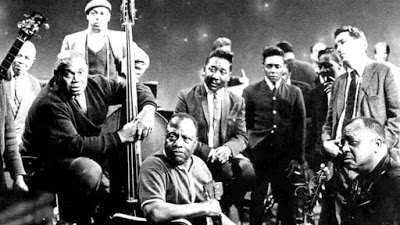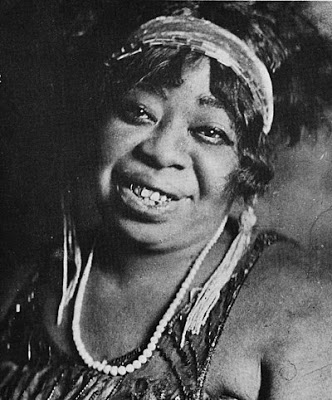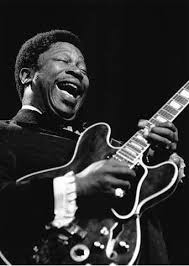Bluesland: A Portrait
of American Music

Director:
Ken Mandel
Year: 1993
Rating: 6.0
It's the Blues. It came out of the Delta and the
black experience of slavery and working the fields. Of abject poverty and
near hopelessness. I have never really been able to get my hands around the
blues in order to describe it. You know it when you hear it. Especially the
early blues played on a guitar or banjo, maybe an harmonica, a voice that
sounds tired and beat but persevering. Low down notes from the belly of the
beast. Blues historians trace the music back to the 1800's but it really
wasn't until music was being recorded that you can say much about it for
sure. Once it did the blues spread north and east and mutated into something
different. Pure blues was the music of Charlie Patton, Blind Lemon Jefferson,
Robert Johnson. Nothing fancy, no orchestration - just a man and an acoustic
guitar playing street corners and bars - shouting against the fates. Then
it was brought into jazz - changing it from that ragtime flavor to something
deeper, rougher - Buddy Bolden, Jelly Roll Morton and King Oliver in New
Orleans. Those early female singers who could torch a song and burn it to
ash - Bessie Smith, Ma Rainey, Ethel Waters. The music that was recorded
was called Race Records for decades. Louis Armstrong brought a musicality
to blues that could burrow its way into your soul - listen to West End Blues
for a perfect three minutes of sound.
The blues even found itself into country music that was just appearing on
the horizon - sort of blues for white people. When Muddy Waters, Elmore James,
BB King and Howlin Wolf electrified the blues in the 1950s it took on a new
character - fiercer, a pounding hard beat and singing that ripped through
the room. So many incredibly great songs that have become part of the canon
of American music. This electrified blues of course along with country and
gospel was all merged together to create rock and roll. The early greats
like the Beatles, the Stones, Led Zeppelin were all steeped in the blues.
In a sense though rock music killed the blues. Threw it to the sideline as
it did with jazz as well. There are still artists out there playing what
we would call the Blues but there isn't much of an audience for it. But the
Blues are the backbone of American music - it is the DNA of the music we
all listen to today - distinctively American. So many great artists who played
the Blues never got rich doing so - but they had no choice.
This documentary goes through a lot of the evolution of the blues but rarely
gets off the narrative stream to focus on anything for long. We will need
a Ken Burns documentary for that - though some of this was covered in his
Jazz one. The narrator of the film is Keith David and his chirpy narration
feels kind of misplaced - it is music critic Robert Palmer who brings it
down to earth with explanations of the music itself and what artists contributed
to it. The best part as with most of these types of documentaries is the
music - whether played on vinyl or live - we get to hear a huge diversity
of artists and that makes it worth the time. 90 minutes.




